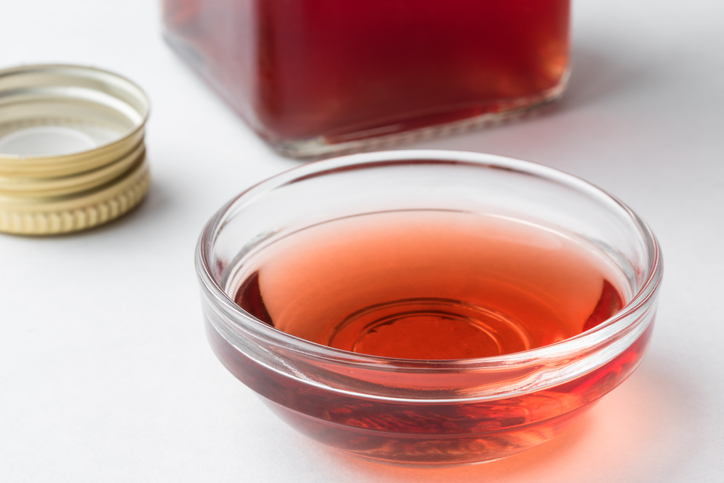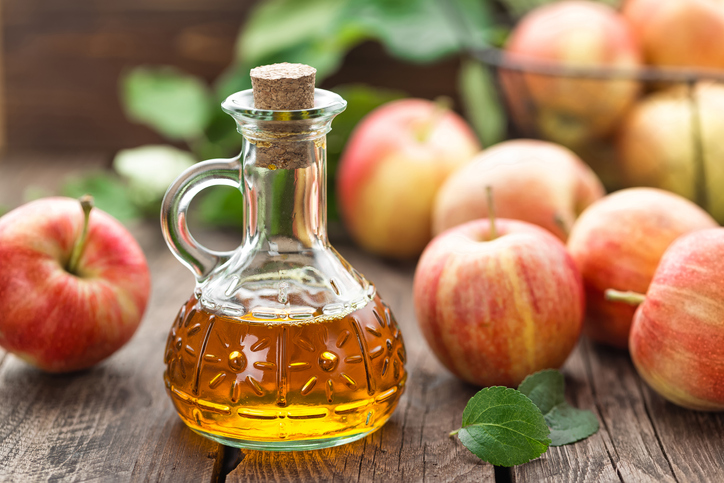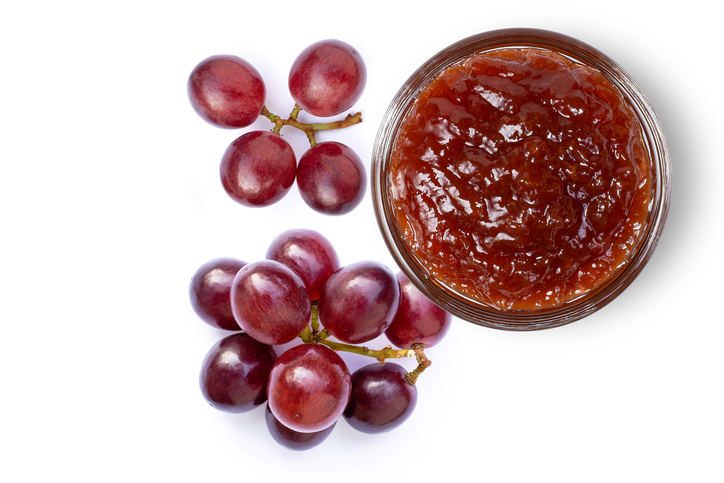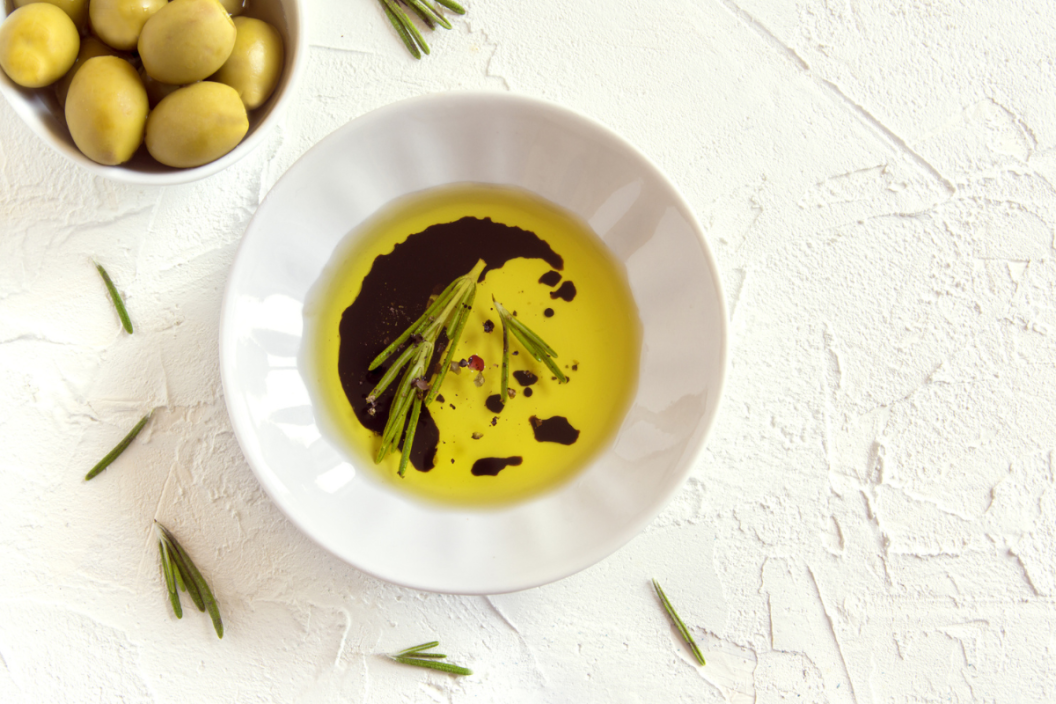Balsamic vinegar is one of those pantry staples everyone needs to have on hand. Like wine, balsamic vinegar is made from fermented grapes, left to reduce and concentrate until the liquid has become intensely dark and pungently flavored. The result is a vinegar that is equal parts sweet and tart; as such, the ingredient adds perfectly balanced brightness to any dish.
Videos by Wide Open Country
This type of vinegar originated in Italy, where the entire crushed grapes—juices, stems, and skins--are traditionally fermented in wooden barrels for months or even years at a time. Extremely high-quality versions of this vinegar are made in the Italian provinces of Modena or Reggio Emila, and will carry the "DOP" symbol, meaning the product protected from counterfeits by the EU's Protected Designation of Origin certification.
However, when you reach the bottom of your balsamic vinegar stash, there are some easy replacements waiting already in your kitchen. While you can often substitute a different vinegar with a 1-to-1 ratio, most vinegars (even wine vinegars) are significantly more sour than balsamic. Because of this, a simple switch can often derail the entire flavor profile of a dish.
Instead, if you're after the subtle sweet-tart taste of balsamic vinegar, we recommend taking other vinegars and adding a little sugar or honey to make them sweeter. No other vinegars in the house? Don't fret, you can make a simple dupe from mixtures of other household ingredients you have laying around.
Red Wine Vinegar

Getty Images
Although both balsamic vinegar and red wine vinegar are both made from fermented grapes, both the vinegar-making process as well as the final product are very different. While balsamic begins with grapes that are boiled before the fermentation process even starts, red wine vinegar is made from—as you may have guessed—red wine itself. Additionally, balsamic vinegar is denser, sweeter, and fruitier than red wine vinegar, which lends a sharp, tart taste to any dish.
Because of these differences, you'll want to add a little sweetness to your red wine vinegar before substituting it for balsamic. You can use honey, white sugar, or brown sugar—Whatever you have in your pantry, or whatever tastes best to you. For 1 Tablespoon of balsamic, replace with 1 Tablespoon of red wine vinegar plus ½ teaspoon of your preferred sweetener.
Apple Cider Vinegar

Getty Images
As you can likely gather from the name, apple cider vinegar isn't made from grapes like the other vinegars mentioned; rather, it's made from fermented apples. As such, apple cider vinegar will bring some of the fruity flavor you're looking for in place of balsamic vinegar. However, similar to red wine vinegar, the apple-cider variety is much more sour than it's grape-based cousin. It will also need some additional, balancing sweetness to function as an acceptable substitute.
Although the flavor will be different than if you substituted with red wine vinegar, the ratios will be the same. For every Tablespoon of balsamic vinegar, replace with 1 Tablespoon of apple cider vinegar plus ½ teaspoon of honey or your preferred sugar.
Grape Jelly + Soy Sauce

Getty Images
Although this substitute is a little bit different from other, vinegar-based choices, it'll hit the same flavor notes that you're looking for while offering a similar liquid viscosity. The grape jelly will bring both the fruit notes and the sweetness you're looking for, while the soy sauce will thin it out and provide a rounded, full umami flavor that's often present in wood-barrel-aged vinegars. (The salt content will also help to balance the intense sweetness of the jelly. Trust us here!) Mix together the jelly and soy sauce with a 2-to-1 ratio.
If you find this mixture lacking, add a little brightness by finishing with some lemon juice or other similar acid.




